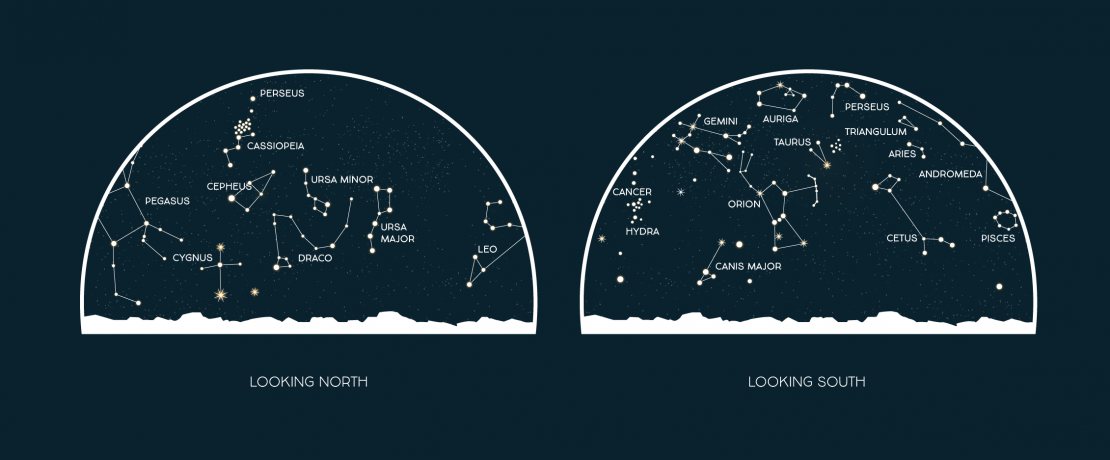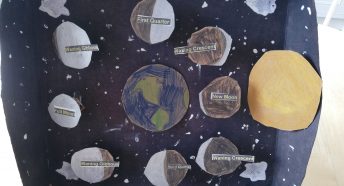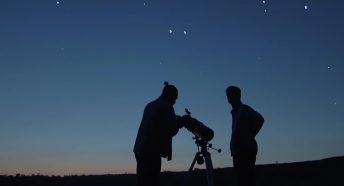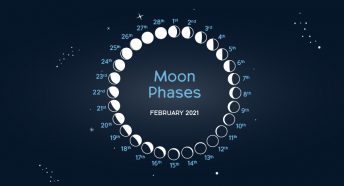February Star Maps
Just like many things in nature, the stars we can see change throughout the year. Most stars are always visible but are in different places, but the North Star is always in the same place, making it quite easy to find once you know in which direction north lies.
Here are some of the stars and constellations that we can see from our side of Earth, the Northern Hemisphere, during February.
The Plough
The Plough is also known as the “The Big Dipper” or “The Saucepan”. Of the seven stars in this constellation, three form the line of the handle, and the other four form the shape of the plough or a saucepan.
Polaris
The North Star is always in almost exactly the same place, so if you’re lost and don’t have any other means, it can be used for navigation – once you know where north is, finding other directions is easy. To locate polaris, first identify The Plough constellation, which may be oriented on its side or upside down, depending on the time of night. However, as it rotates through the night sky, the last two stars at the bowl end always point towards Polaris.
Sirius
This is the brightest star in the night sky, and so is very easy to find, especially once you’ve found Orion – just follow the line of Orion’s Belt and Sirius will be there, glowing brightly. An interesting thing about Sirius is that it’s moving closer to us, and will do so for the next 60,000 years. After that, it will start moving further away, but will still be the brightest star in our skies for over 200,000 years!
Andromeda Galaxy
Unlike the other objects we’ve been looking for, Andromeda isn’t a star, but a galaxy of stars, much like The Milky Way where we live. It takes over two million years for the light from Andromeda to reach us. From Orion’s Belt, head in the opposite direction of Sirius, and look for three stars which are in a crooked line, and then carry on to Andromeda.
Mars
During the night of 18 February, Mars will be visible to the right of the half Moon, a few finger-widths above. If you do spot Mars, think about the little robot that’s driving around taking samples and carrying out scientific experiments, all by itself. The Curiosity rover is the fourth robot that has been sent to Mars, taking a journey of about nine months to get there.
Venus, Saturn, and Jupiter
Just before sunrise on Saturday, 6 February, Venus will pass below Saturn, just above the east-southeastern horizon. Then, on Thursday, 11 February, Venus will pass below Jupiter in the same direction. Binoculars should help to give you a good view of all three planets if the sky is clear.
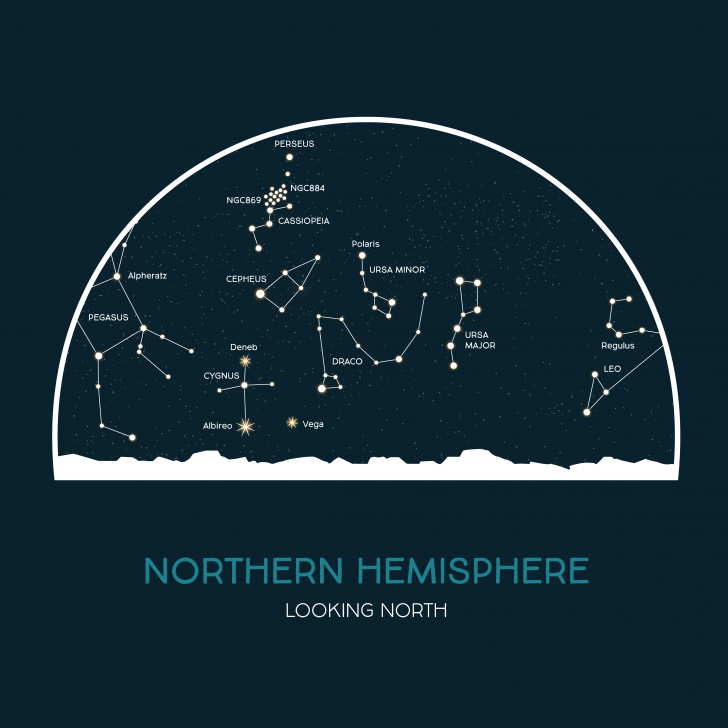
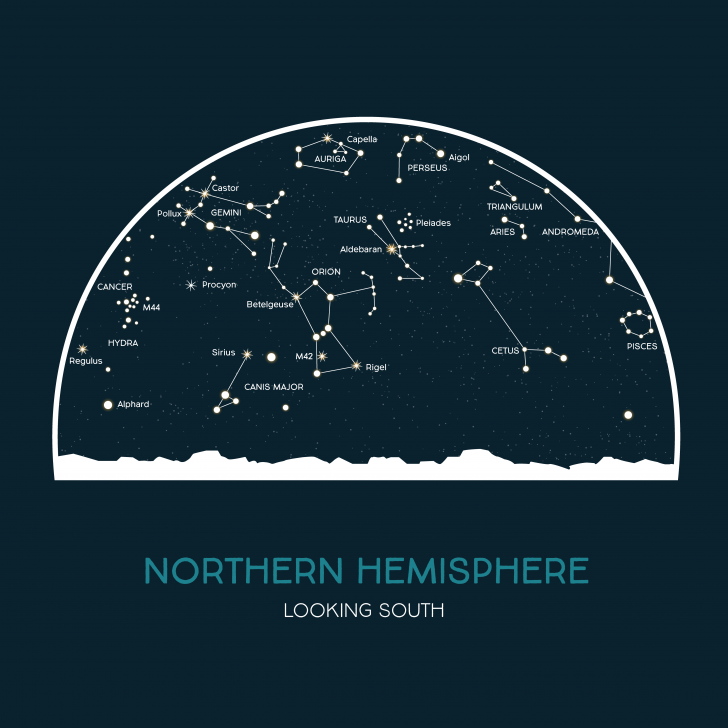
Finding stars and planets can be tricky, but these star charts will help you to find some of the stars and constellations that are visible in the night sky. When looking to the south, find Orion first and use that as your reference point. When looking north, Polaris is a great starting position.
